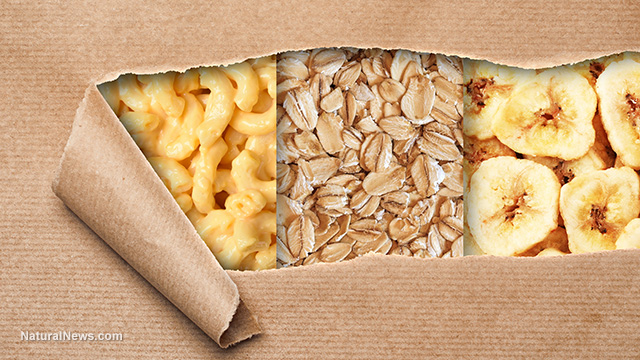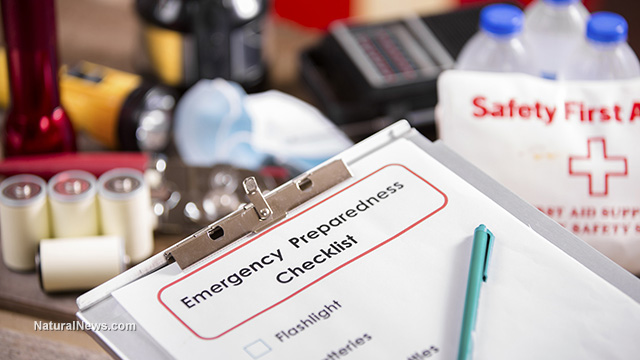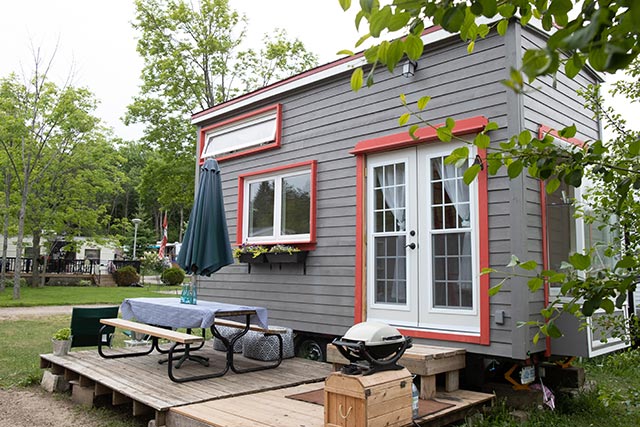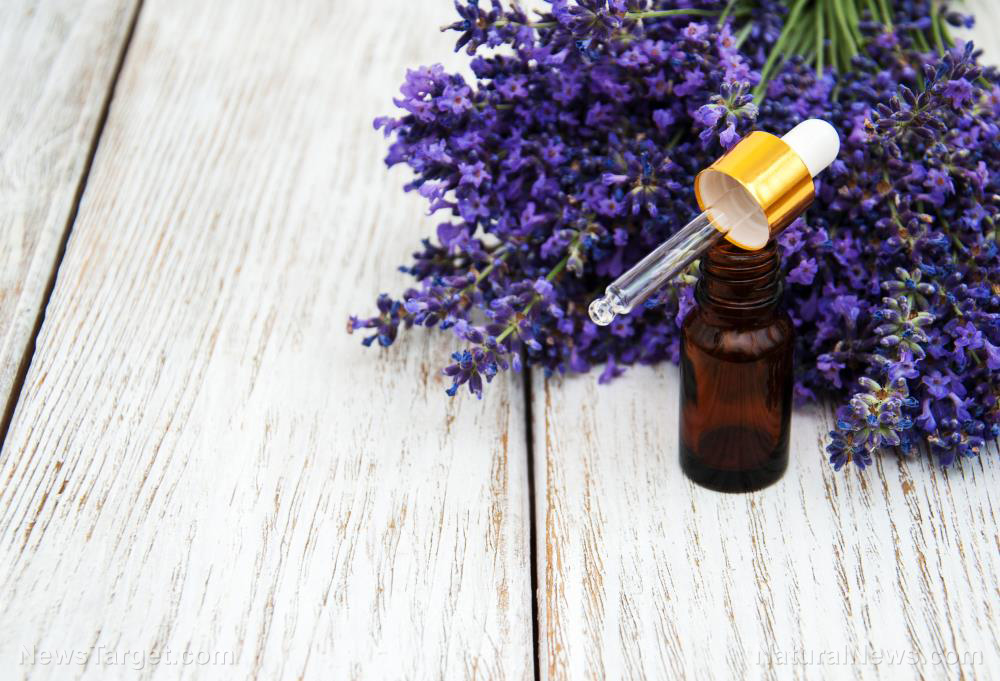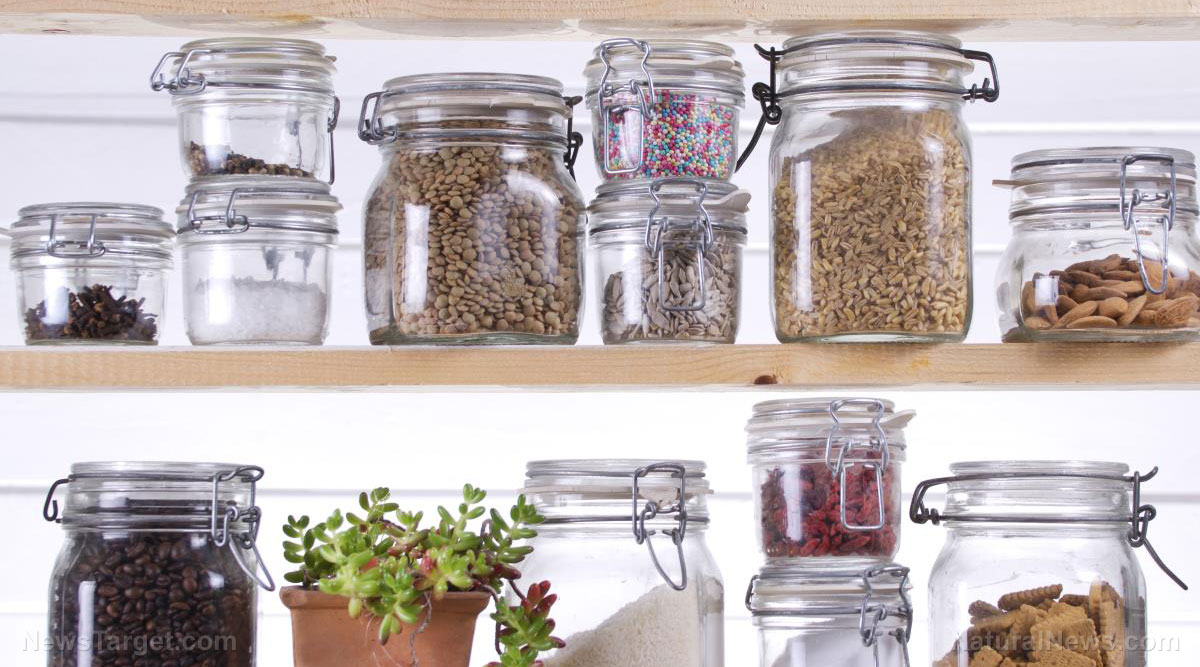The best ideas to turn your homestead into the ultimate edible landscape
03/09/2019 / By Zoey Sky

Homesteaders prioritize self-reliance and the cultivation of organic produce, but this doesn’t mean you can’t make your home garden look pretty. If you want to beautify your property, start a practice called edible landscaping. (h/t to RockinWHomestead.com)
What is edible landscaping?
Edible landscaping represents a different take on how to design and interact with yards and urban green spaces. The practice prioritizes the cultivation of food-producing plants and native perennials, and it helps home gardeners create green space and provide healthy, fresh food to their family.
Replacing even just a fraction of traditional lawns with edible landscapes designed around locally appropriate plants offers various benefits.
These benefits require little to no irrigation or fertilizer and can increase food production potential in cities, as well as attract pollinators and improve ecological diversity.
Flowers for your edible landscape
Edible flowers are a common feature of edible landscapes. But flowering plants aren’t just pretty, they also attract pollinators that can help your fruit-bearing plants thrive. (Related: Edible Landscaping Ideas For Small Spaces.)
Popular options include daisies, lilacs, pansies, and sunflowers.
Edible flowers can also be used for food decorating and subtle flavoring.
Herbs for your edible landscape
Herbs are another staple in edible landscapes. You can plant the following herbs in your yard:
- Basil and thyme – Basil and thyme are beautiful additions to any garden. Both herbs are fairly easy to grow, and you can use them both as nutritious ingredients in different dishes.
- Chives – Chives bear beautiful flowers that can add to the aesthetic appeal of your garden. This delicious herb is also the perfect addition to baked potatoes and other savory side dishes.
- Mint – Mint is an extremely versatile herb that grows easily. This herb is a perfect spread for areas that you want to cover with foliage. If you don’t want mint to spread, plant it in large containers.
Mother Nature's micronutrient secret: Organic Broccoli Sprout Capsules now available, delivering 280mg of high-density nutrition, including the extraordinary "sulforaphane" and "glucosinolate" nutrients found only in cruciferous healing foods. Every lot laboratory tested. See availability here.
Another option is to grow herbal tea plants so you have access to ingredients for herbal teas all year long.
Shrubs for your edible landscape
Shrubs are a nice addition to your edible landscape because they’re often of medium height. Shrubs can be used to bridge the gap between trees and shorter plants, like edible flowers. Additionally, shrubs can function as wildlife deterrents and windbreaks.
Plan ahead when selecting a shrub, and use a plant that produces something your family likes to eat. You also need to choose the right shrub for a site. Plant something that can thrive in your location so you don’t waste any of your resources.
You can plant the following shrubs in your landscape based on your needs and preferences:
- Blackberries
- Blueberries
- Fig
- Currants
- Gooseberries
- Pomegranate
- Raspberries
- Rosemary
- Rugosa roses/beach roses
Trees for your edible landscape
If your yard is spacious enough, you can include fruit or medicinal trees in your edible landscape. Check which fruit tree varieties suit your geographic area.
Your options include:
- Apple trees – Apple trees are popular among home gardeners, especially since you can choose from many different kinds. If you don’t have enough time to look after full-sized fruit trees, try cultivating crabapples, which are perfect for cooking and require less maintenance.
- Cherry trees – Cherry trees produce tasty fruit that looks great in any yard.
- Olive trees – Plant olive trees if you want a savory harvest.
- Pine trees – Pine trees have medicinal properties. The dried bark peels of pine trees or tea brewed from pine needles contain vitamin C, which can boost your immunity. Pine needle tea and bark also has vitamin A, which can improve your eye health.
Vegetable for your edible landscape
If you already have a traditional vegetable garden plot but you still want to boost your crop yield, you can grow annual edibles in your regular landscape.
Listed below are vegetables that you can incorporate into your edible landscape:
- Carrots and radishes –Both carrots and radishes produce edible greens and taproots that are nutritious.
- Lettuce and Swiss chard – These beautiful, leafy vegetables can cover the ground with different shades of green.
- Tomatoes – While tomatoes are scientifically classified as a fruit, they’re often included in gardens because they’re beautiful. Tomatoes also produce nutritious vegetables for your kitchen.
You can also intermix these edible plants to make your landscape stand out.
Like with other aspects of home gardening, the only thing that limits your edible landscaping ideas is your imagination.
Sources include:
Tagged Under: clean food, edible flowers, edible landscaping, food supply, foodscaping, fresh produce, fresh vegetables, fruit trees, fruits and vegetables, gardening, gardening tips, Herbs, home gardening, homesteading, off grid, organics, prepping, self sufficiency, self-reliance, self-sustainability, shrubs, survival, sustainable living, urban gardening, urban prepping


